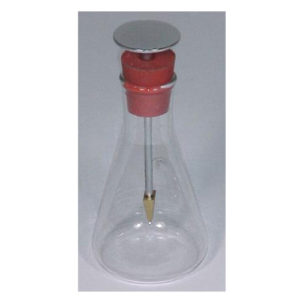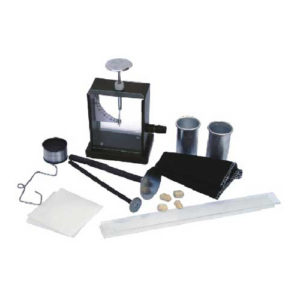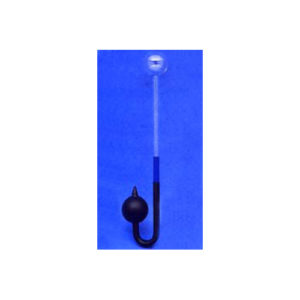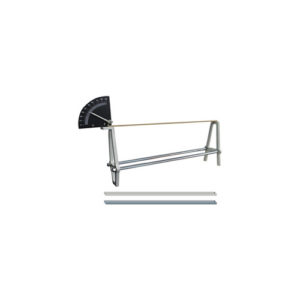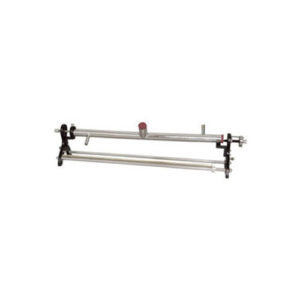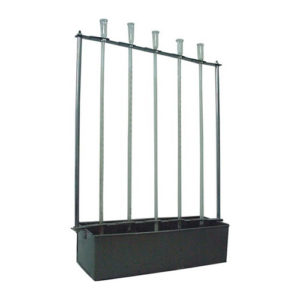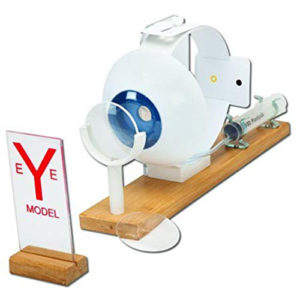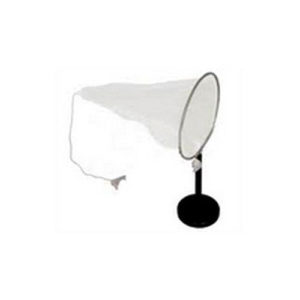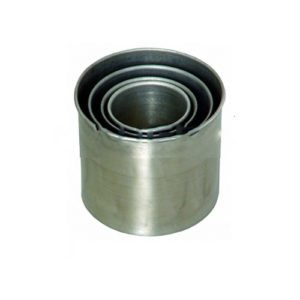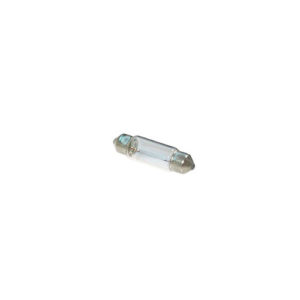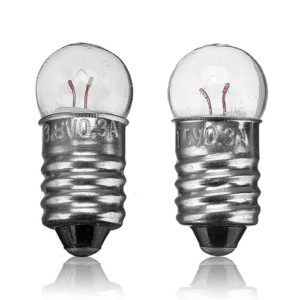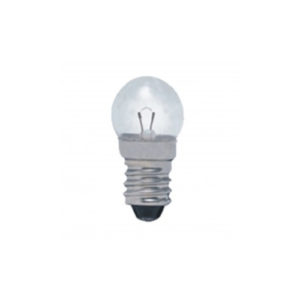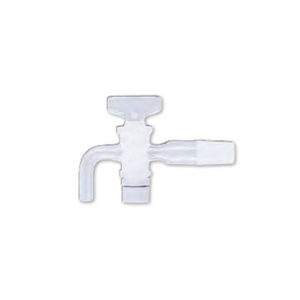0091 98 967 44 968
dineshvrm@gmail.com
Newsletter
0091 98 967 44 968
dineshvrm@gmail.com
Menu
Categories
- Refurbished
- Home Decor & Art
- Showpieces
- Homekeeping
- Chemistry Lab
- Showpieces
- Pharmacology Lab
- Housekeeping
- Ovens & Incubators
- ICU Beds
- Tableware
- Metallurgical
- Tool Maker's Microscope
- Civil Lab
- Specimen Mounting Press
- Brinell Microscope
- Jominy End Quench
- Specimen Leveller
- Metallurgical Microscopes
- Muffle Furnace
- Spectro Polisher
- Specimen Cutting Machine
- Autocollimator
- Specimen Sets
- Polishing Machine
- Material Pro Software
- Belt Grinder
- Vickers Hardness Tester
- Profile Projector
- Rockwell Hardness Tester
- Microscopes
- Penta Head Microscopes
- Laboratory Microscopes
- Stereo Microscope
- Polarising & ORE Microscopes
- Deca Head Microscope
- INDUSTRIAL MICROSCOPES
- Travelling Microscope
- Dissecting and Student Microscope
- Ultra Series Microscope
- Medical and Research
- Inverted Tissue Culture
- Fluorescence Mcroscope
- Projection Microscope
- Digital Microscope
- Houseware & Room
- Laboratory Glassware
- Fowler Bed
- Vintage Decorative
- Indoor & Outdoor
- SEMI FOWER BED
- Wall Accent
- Indoor Plants
- Plain Bed
- Wall Accents
- Biology Lab
- Lighting & Lamps
- Delivery Beds & Tables
- Physics Lab
- Lighting & Lamps
- Laboratory
- Mattress & Accent
- Softwares
- Mattress Topper
- MICROPHOTOGRAPHY
Wishlist
Please, install YITH Wishlist plugin
Electroscope Simple Flask
Electroscope Simple Flask Type for Physics Lab A 100 ml conical borosilicate glass flask, brass rod with disc & gold leaf attached, supported in cork with polythene insert.
Simple Flask Type Overall height 125 mm approx.
Electroscope Simple Flask
Electroscope Simple Flask Type for Physics Lab A 100 ml conical borosilicate glass flask, brass rod with disc & gold leaf attached, supported in cork with polythene insert.
Simple Flask Type Overall height 125 mm approx.
Electrostatics Kit
A comprehensive kit of apparatus to enable students to investigate many aspects of electrostatic forces.
The kit comprises of : 1 Electroscope, 1 Rubber (polishing cloth), 4 metalled polystyrene spheres, 1 plated wire hook, 1 reel nylon monofilament, 1 Electrophorous plate on insulating handle, 1 cellulose acetate strip, 1 polythene strip, 1 proof plane on insulating handle, 1 wire stirrup to support the above two items, 2 polythene tiles & 2 aluminium cans.
Electrostatics Kit
A comprehensive kit of apparatus to enable students to investigate many aspects of electrostatic forces.
The kit comprises of : 1 Electroscope, 1 Rubber (polishing cloth), 4 metalled polystyrene spheres, 1 plated wire hook, 1 reel nylon monofilament, 1 Electrophorous plate on insulating handle, 1 cellulose acetate strip, 1 polythene strip, 1 proof plane on insulating handle, 1 wire stirrup to support the above two items, 2 polythene tiles & 2 aluminium cans.
Ether Thermoscope
To detect heat radiation, made of glass with bulbs approx. 30 mm, diameter, one bulb painted matt black, partially filled with ether.
Ether Thermoscope
To detect heat radiation, made of glass with bulbs approx. 30 mm, diameter, one bulb painted matt black, partially filled with ether.
Eureka Can
To demonstrate displacement of liquids made of plastic with overflow spout
Eureka Can
To demonstrate displacement of liquids made of plastic with overflow spout
Expansion Apparatus
It comprises two cast iron uprights vertical pillars height approx 180 mm linked by rods, supporting an expansion bar, length 380 mm, fixed to one upright and resting on a friction pointer at the other with scale, supplied with one each aluminium; iron and brass expansion bars.
Expansion Apparatus
It comprises two cast iron uprights vertical pillars height approx 180 mm linked by rods, supporting an expansion bar, length 380 mm, fixed to one upright and resting on a friction pointer at the other with scale, supplied with one each aluminium; iron and brass expansion bars.
Expansion Apparatus Gunter
Comprising two cast end pieces, joined by three nickel-plated rods, caring two sliding V-supports for a glass jacket with inlet and outlet tubes.
One end-piece fitted with spherometer reading to 0.005 mm, and the other with contact screw.
The glass jacket enclosed both a brass and a copper rod each 500 x 7 mm length x diameter, fitted through corks , a half turn of the jacket changing rod in contact with the spherometer.
A thermometer can be attached to be either of the rods by rubber bands. Brass terminals are fitted to the apparatus so that an electrical circuit can be made through either rods, to indicate the moment of contact of centre tube and spherometer.
Supplied with 3 metal rods one each of copper, brass and iron.
Expansion Apparatus Gunter
Comprising two cast end pieces, joined by three nickel-plated rods, caring two sliding V-supports for a glass jacket with inlet and outlet tubes.
One end-piece fitted with spherometer reading to 0.005 mm, and the other with contact screw.
The glass jacket enclosed both a brass and a copper rod each 500 x 7 mm length x diameter, fitted through corks , a half turn of the jacket changing rod in contact with the spherometer.
A thermometer can be attached to be either of the rods by rubber bands. Brass terminals are fitted to the apparatus so that an electrical circuit can be made through either rods, to indicate the moment of contact of centre tube and spherometer.
Supplied with 3 metal rods one each of copper, brass and iron.
Expansion Apparatus Linear
Used to determine the coefficient of expansion of different metals.
The rod to be tested is placed inside a tube that has both an inlet and outlet for steam. A thermometer monitors temperature change. A bell or galvanometer is used to gauge the exact point of contact of the micrometer for precise measurement. Provided with 3 Rods--Iron, Copper and Brass.
Expansion Apparatus Linear
Used to determine the coefficient of expansion of different metals.
The rod to be tested is placed inside a tube that has both an inlet and outlet for steam. A thermometer monitors temperature change. A bell or galvanometer is used to gauge the exact point of contact of the micrometer for precise measurement. Provided with 3 Rods--Iron, Copper and Brass.
Expansion of Liquids Apparatus
To show difference in expansion of various liquids over the same temperature range.
It comprises 5 glass graduated capillary tubes of equal bore and bulbs at the bottom, mounted on a support frame with metal trough for immersion of bulbs in hot water in it.
Expansion of Liquids Apparatus
To show difference in expansion of various liquids over the same temperature range.
It comprises 5 glass graduated capillary tubes of equal bore and bulbs at the bottom, mounted on a support frame with metal trough for immersion of bulbs in hot water in it.
Eye Kit
Kit includes 5 liters round bottom flask with cork, support ring, fluorescein and 3 lens to demonstrate long, short and normal sight.
Eye Kit
Kit includes 5 liters round bottom flask with cork, support ring, fluorescein and 3 lens to demonstrate long, short and normal sight.
Eye Model Functional
A unique apparatus that allows you to recreate the conditions of visual deficiencies in the human eye..
Consists of clear silicone elastic lens chamber, filled with water
When water is added or removed with the included syringe, the curvature of the lens is changed, which alters the focus of images projected on the retina
Adjustable eyeball shape
Lenses can be added to show how vision defects can be corrected
Five-piece model mounted on a base with the projection object on a separate stand
Supplied complete with two lenses, lens holder and instruction manual
Eye Model Functional
A unique apparatus that allows you to recreate the conditions of visual deficiencies in the human eye..
Consists of clear silicone elastic lens chamber, filled with water
When water is added or removed with the included syringe, the curvature of the lens is changed, which alters the focus of images projected on the retina
Adjustable eyeball shape
Lenses can be added to show how vision defects can be corrected
Five-piece model mounted on a base with the projection object on a separate stand
Supplied complete with two lenses, lens holder and instruction manual
Faraday’s Law & Induced E.M.F
Faraday’s Law & Induced E.M.F Make Dinesh Scientific Model DS-603 Product Description Faraday’s law of electromagnetic induction, also known as Faraday’s law, is the basic law of electromagnetism which helps us predict how a magnetic field would interact...
Faradays Butterfly Net
For demonstrating that an electrical charge resides on the external surface of a conductor. Net with cord on insulating pillar with metal tripod base. Overall height 350 mm approx.
Faradays Butterfly Net
For demonstrating that an electrical charge resides on the external surface of a conductor. Net with cord on insulating pillar with metal tripod base. Overall height 350 mm approx.
Faradays Ice Pails
Faradays Ice Pails for Physics Lab Set of 4 pails, made of tin, painted, fitted inside one another.
Faradays Ice Pails
Faradays Ice Pails for Physics Lab Set of 4 pails, made of tin, painted, fitted inside one another.
Flashlamp Bulbs
Bulbs with MES cap suitable for flash Lamp.
a) 1.2v b) 2.5v c) 3.5v d) 4.5v e) 6v f) 12V
Flashlamp Bulbs
Bulbs with MES cap suitable for flash Lamp.
a) 1.2v b) 2.5v c) 3.5v d) 4.5v e) 6v f) 12V
Categories
- Biology Lab
- Chemistry Lab
- Delivery Beds & Tables
- Fowler Bed
- Home Decor & Art
- Homekeeping
- Housekeeping
- Houseware & Room
- ICU Beds
- Indoor & Outdoor
- Indoor Plants
- Laboratory
- Laboratory Glassware
- Lighting & Lamps
- Lighting & Lamps
- Mattress & Accent
- Mattress Topper
- Metallurgical
- Autocollimator
- Belt Grinder
- Brinell Microscope
- Civil Lab
- Jominy End Quench
- Material Pro Software
- Metallurgical Microscopes
- Muffle Furnace
- Polishing Machine
- Profile Projector
- Rockwell Hardness Tester
- Specimen Cutting Machine
- Specimen Leveller
- Specimen Mounting Press
- Specimen Sets
- Spectro Polisher
- Tool Maker's Microscope
- Vickers Hardness Tester
- MICROPHOTOGRAPHY
- Microscopes
- Deca Head Microscope
- Digital Microscope
- Dissecting and Student Microscope
- Fluorescence Mcroscope
- INDUSTRIAL MICROSCOPES
- Inverted Tissue Culture
- Laboratory Microscopes
- Medical and Research
- Penta Head Microscopes
- Polarising & ORE Microscopes
- Projection Microscope
- Stereo Microscope
- Travelling Microscope
- Ultra Series Microscope
- Ovens & Incubators
- Pharmacology Lab
- Physics Lab
- Plain Bed
- Refurbished
- SEMI FOWER BED
- Showpieces
- Showpieces
- Softwares
- Tableware
- Uncategorized
- Vintage Decorative
- Wall Accent
- Wall Accents
Product Status
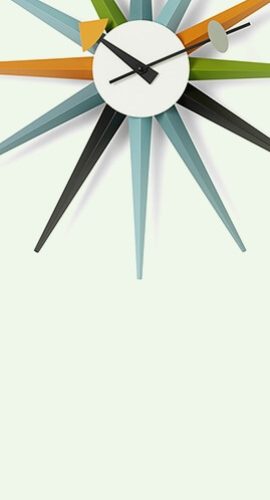
Example Title
Door sit amet, consectetur adip iscing elit, sed do ore magna lorem ipsum sit.
MORE
More
More

